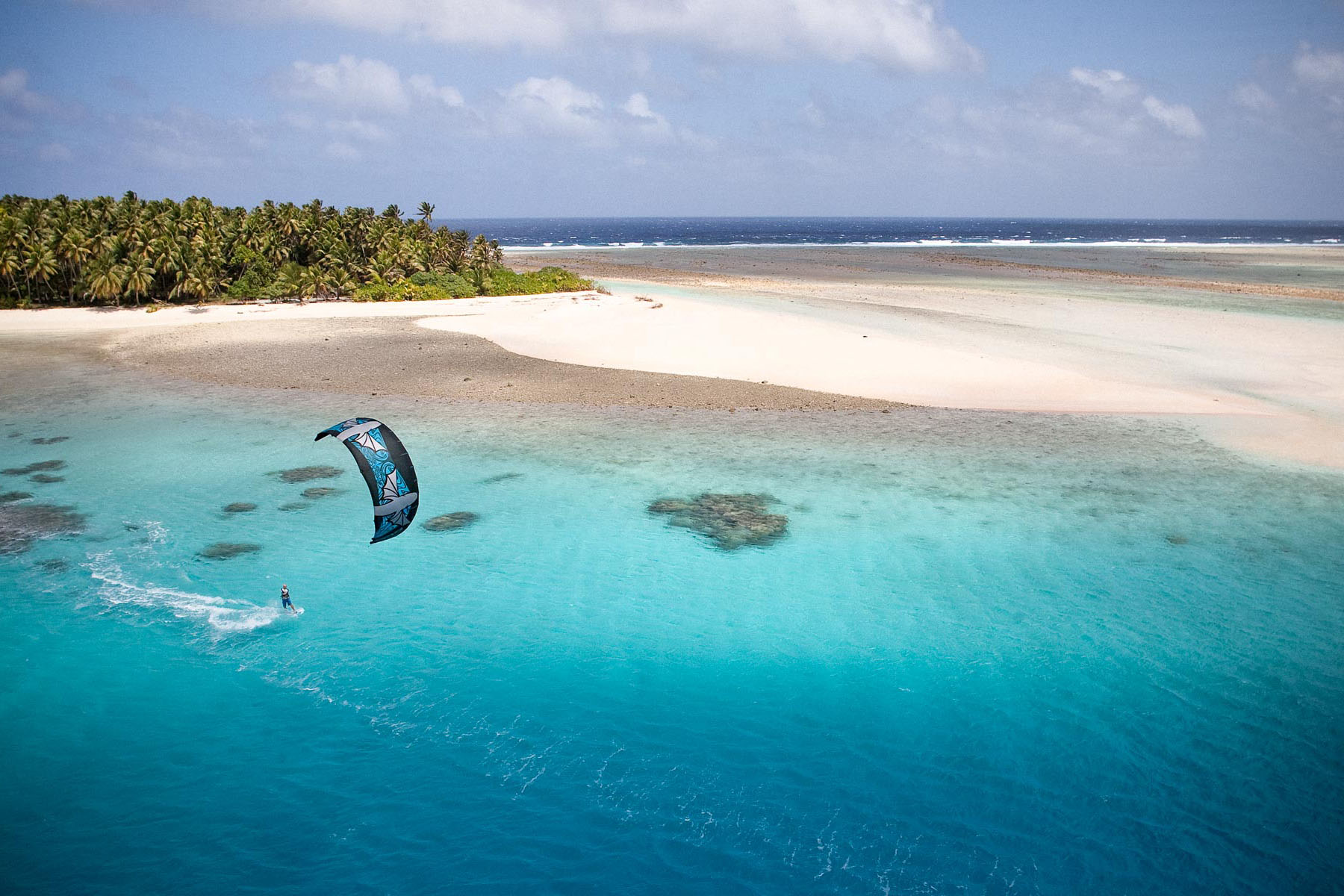I recently wrote this article for World Nomads for their Travel Photography Scholarship. To see the original post on their website, click here.
6 Adventure Photography Tips
Just like the sports they capture, adventure photographers need to be competitive and up for a challenge. Jody MacDonald from NatGeo Creative shares with us what sets her work above the rest.
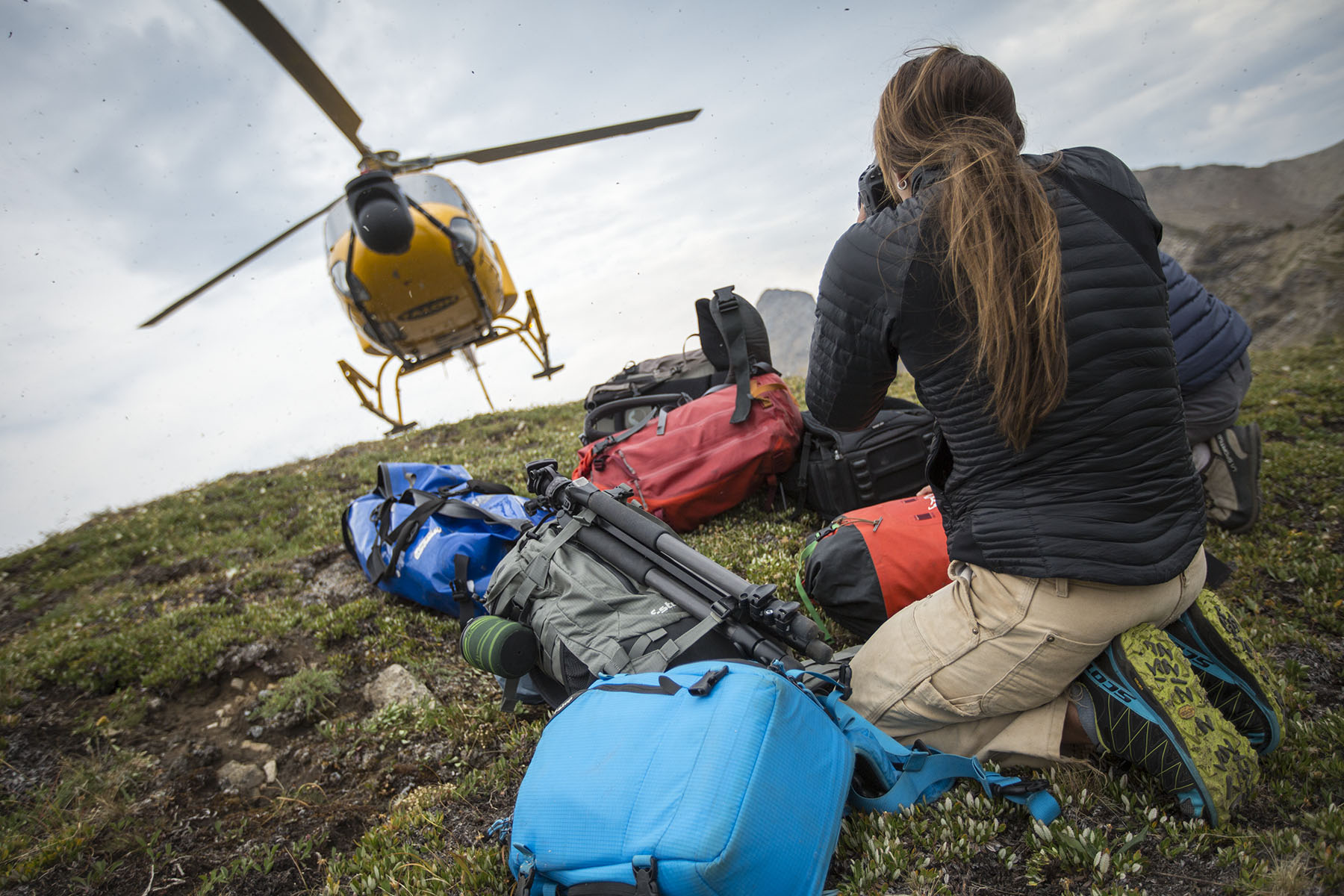
Adventure photography is obviously exciting but it is also challenging and a lot of hard work. While there are no shortcuts to getting experience and practicing your photography skills, there are a few things you can do to help you take better photos and make your work stand out.
Shoot What You Love
Documenting whatever sports you participate in is a great way to start developing your adventure photography skills. It allows you to photograph something you enjoy and you already have an understanding of the nuances of the sport. Your experience will help you anticipate the action and capture the critical moments as you know what’s likely to come next. It not only adds authenticity to your images but you can also inspire your audience through the depth of insight into the hardship and passion required to pursue the sport.
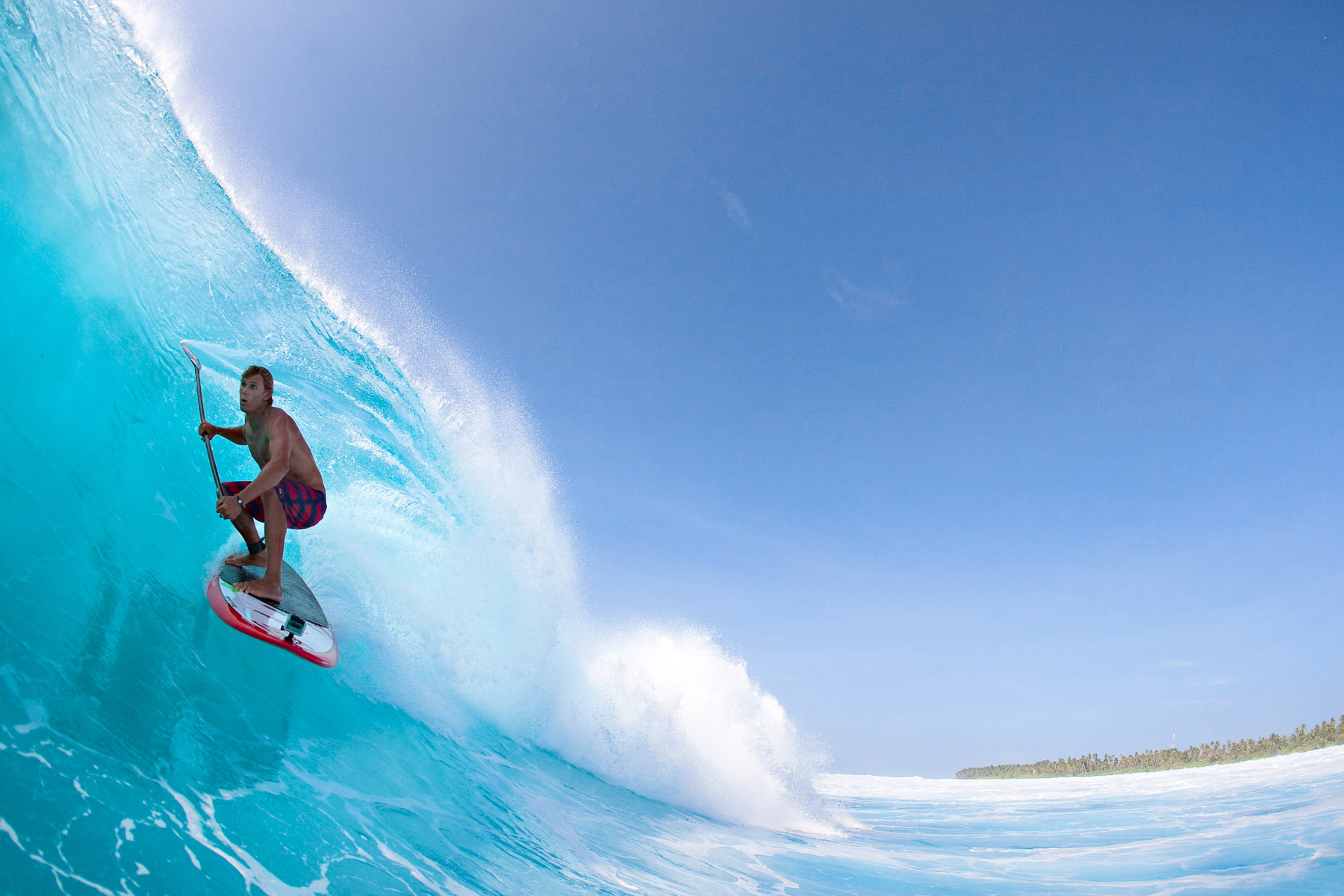
Having Fast Gear Helps
I personally don’t think camera gear is that important; photography is much more about the way you see the world than the camera and lens you are using. However, there is an exception to this – when shooting adventure sports. It’s not 100% necessary, but if you have a camera body that has a rapid-frame rate and a fast lens or two, then you’re more likely to be able to capture the action when it happens.
Find Unique Angles
Capturing images similar to what you’ve seen before can be an important part of learning photography skills, but once you’ve got the hang of it, try to take your pictures from unique angles and perspectives.
Take this experience I had on a paragliding expedition in a very arid desert area. The grass around me was brown and the landscape was dead and arid. I had nothing interesting to add a sense of place to my imagery. I was struggling to take interesting photographs so I decided to use what was around me which didn’t seem like much. I found some rocks, got right down onto the ground and used the rocks to frame the image in the foreground. That photograph (pictured below) ended up winning two awards and being a finalist in the Red Bull Illume photography contest.
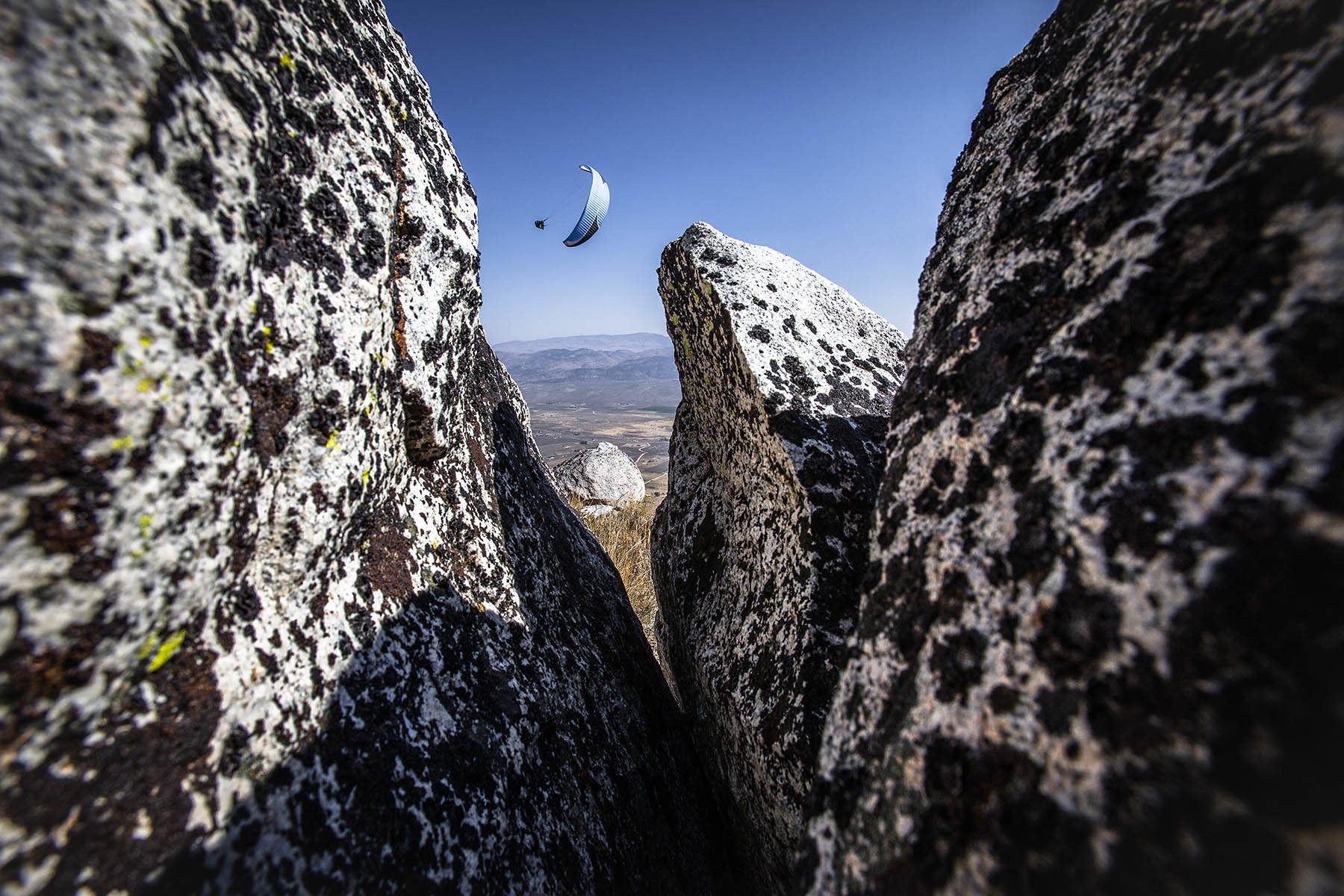
Go On Interesting Adventures
A big part of photography is not only about taking good images but taking unique images. There is a famous quote from photographer Jay Maisel that says, “if you want to make more interesting pictures, become a more interesting person.” I think that is also true for adventure photography. If you want to take more interesting adventure photography, go on more interesting adventures. You’re more likely to get your work published if you’re taking images unlike anything anyone else has seen. Everyone loves unique content.
When I went on my train hopping surfing adventure through the Sahara Desert (pictured below), I took images that not a lot people had seen the likes of before and quite a few magazines wanted to publish them as a result. I often say the chasing the absurd has never let me down and that trip, in particular is a great example of that.
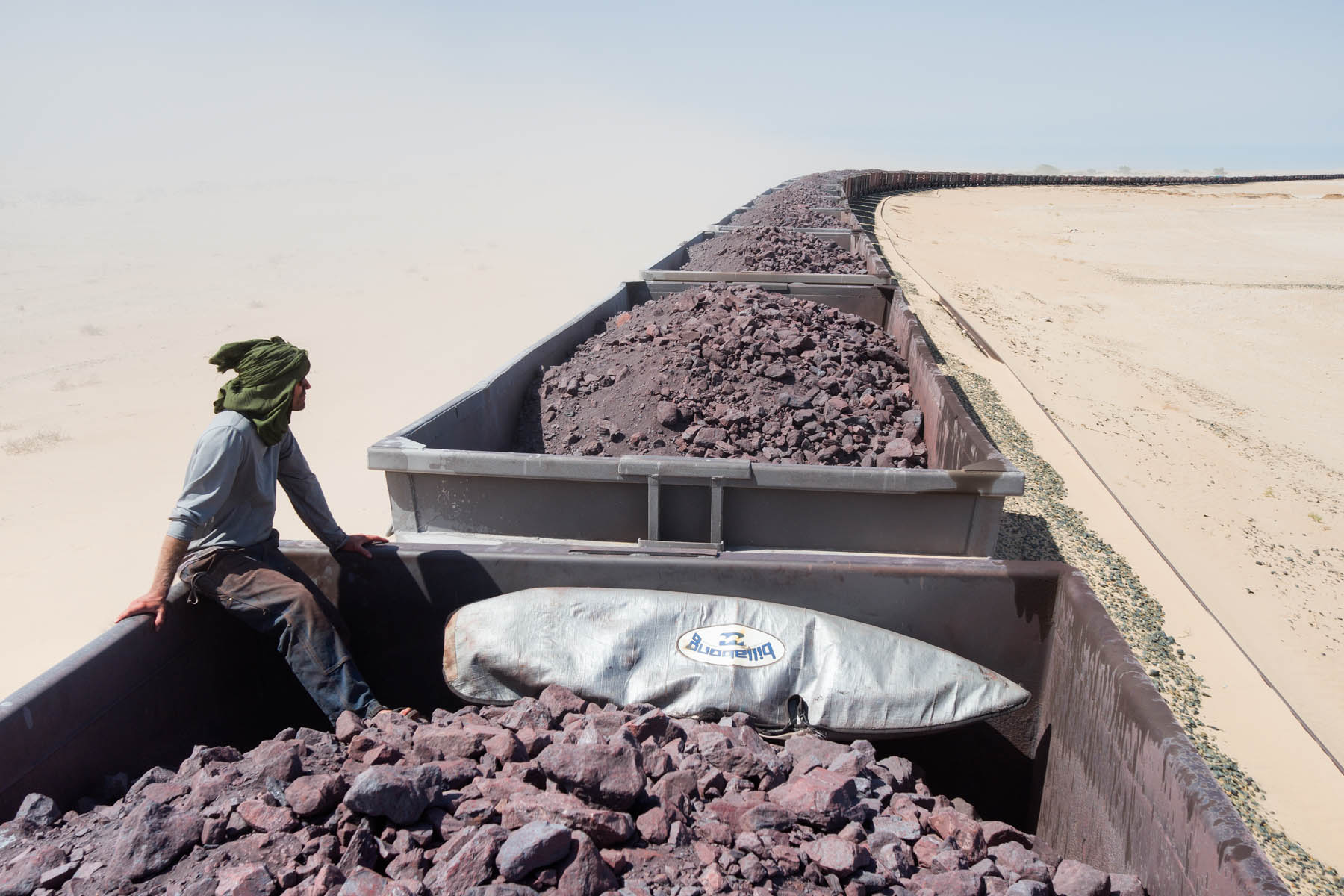
Think About the Background First
Taking photos of the action is obviously important but what’s really going to make your work stand out is if you also use the background to create a sense of place in your photographs and tell a bigger story. I think a lot of photographers, especially in the beginning, just shoot the action or subject and don’t think about the composition. Slow down and imagine the shot you want in your head. Shoot for the background first, wait for the subject to come into the frame and then take the shot. The result will give you a well thought out photo that’s interesting from the foreground to the background. It will add layers and depth to the story you’re trying to tell.

Fail Often
Being an adventure photographer is a tough job and a tough industry. You are likely to get rejected a lot, but once you learn that failing is an important part of any learning process, it can make it more bearable. I try to embrace adversity and failure as much as I can because in my experience the most growth and learning opportunities come from adversity and overcoming it. Don’t be afraid to fail. It’s always more important that you go for it!
Like I mentioned before, there are no shortcuts to taking great photos or becoming an adventure photographer. First and foremost, it has to be your passion. Then you have to go out there and shoot. Shoot and practice as much as you can. Photograph the sports that you connect with and mean something to you. Be very critical of your own work and submit only your absolute best shots to editors. You will start making contacts and as you get better you will begin to get published. Be patient and persistent. The photographers who succeed are the ones who don’t give up. Their passion doesn’t allow them to stop.

